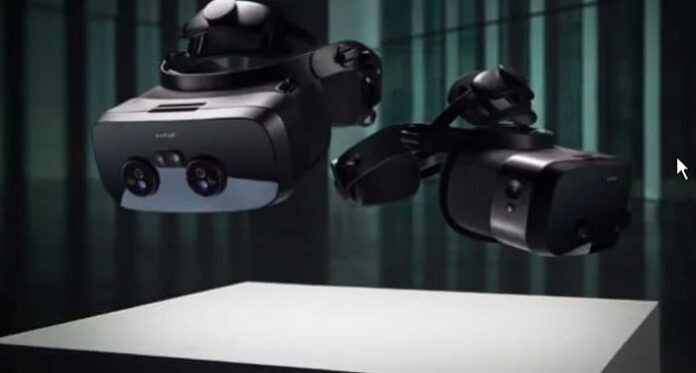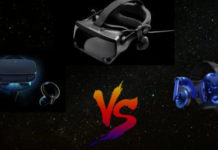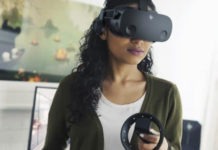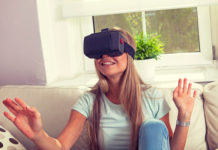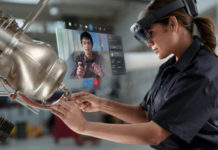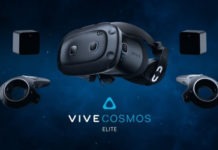The Finnish enterprise VR headset giant Varjo unveils its two new devices: the VR-3 for virtual reality and the XR-3 for mixed reality. These two helmets are probably the most advanced on the market, but their price remains prohibitive for the general public…
Since its first VR headset, the Finnish manufacturer Varjo has stood out in the virtual reality market. Its devices deliver an image definition comparable to that of the human eye, thanks to the use of two screens for each eye.
A “focus” screen, located in front of the retina, offers extremely clear definition. A second “pop-up” screen offers a wide peripheral vision. The operation is therefore similar to the human vision system, and the result is stunning.
Varjo XR-3 and VR-3 push the limits of visual fidelity with 9.7 megapixels per eye
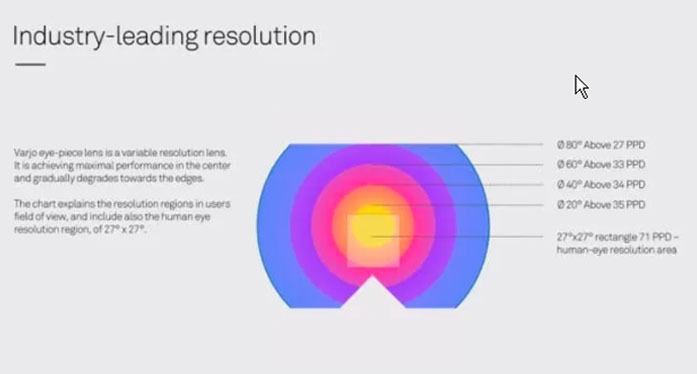 Today, the firm announces its two new headsets: the XR-3 for mixed reality and the VR-3 for virtual reality. These two models provide an extended field of view for both screens.
Today, the firm announces its two new headsets: the XR-3 for mixed reality and the VR-3 for virtual reality. These two models provide an extended field of view for both screens.
The “FoV” of the focus screen changes from 26 ° x16 °, or 30.5 ° diagonally, to 27 ° x27 °, or 38 ° diagonally. In addition, the number of pixels per degree is also increased from 62 pixels per degree to 71 pixels per degree. The definition is now 1920 × 1920 with a refresh rate of 90Hz, compared to 1920 × 1080 previously.
With regard to the peripheral screen, the horizontal field of vision goes from 87 ° to 115 °. The number of pixels per degree goes from 14 to 30, and the resolution from 1440 × 1600 to 2880 × 2720.
To better understand the performance level of these headsets, the XR-3 and VR-3 offer 9.7 megapixels per eye. In comparison, the closest competitor is the HP Reverb G2 with 4.7 megapixels per eye.
The Oculus Quest 2 is content with 3.5 megapixels per eye, the Valve Index and the HTC Vive Pro are at 2.3 megapixels per eye. The Oculus Rift S is 1.8 megapixels per eye. The first Rift DK1 was limited to 0.5 megapixels per eye.
So a long way has been come since the early days of VR, and the Varjo VR-3 and XR-3 can be considered the most technically advanced headsets in the industry.
Varjo XR-3: mixed reality of incredible quality
As on previous products, we find eye-tracking technology at 200Hz, and hand-tracking technology (hand tracking) from Ultraleap. The design is vastly improved, with a weight reduced by 40% and a halo-shaped headband system.
The VR-3 is based on the SteamVR tracking system, but the XR-3 is equipped with a new “inside-out” tracking technology developed by the manufacturer. This system relies on cameras and sensors integrated into the helmet, to allow real-world images to be combined with the virtual display.
A LiDAR scanner also enables depth detection, for an augmented reality that is ever more precise and convincing. Here again, Varjo’s devices are much more advanced than the competition on this point.
Varjo VR-3 and XR-3: falling prices, still too high for the general public
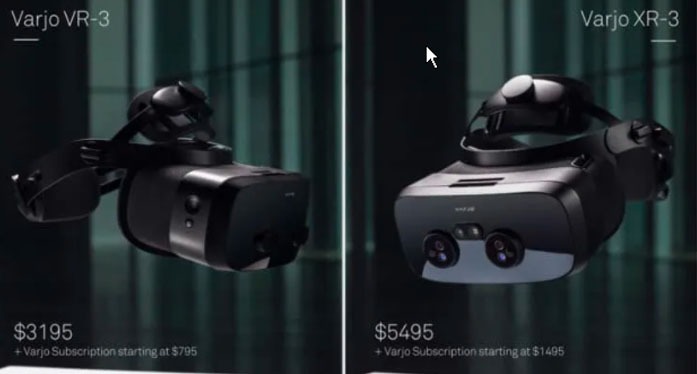 However, it is important to stress that these devices are intended for businesses and not consumers. Their exorbitant price is not within the reach of all budgets.
However, it is important to stress that these devices are intended for businesses and not consumers. Their exorbitant price is not within the reach of all budgets.
With the XR-3 and VR-3, however, this cost is slightly reduced compared to previous models. The Varjo VR-3 is priced at $3,200, compared to $6,000 for the VR-2. The XR-3 costs $5,500, compared to $10,000 for the XR-1.
You will also be required to pay a technical support subscription, which costs $800 per year for the VR-3 and $1,500 per year for the XR-3. Previously, you had to pay $1000 per year for the VR-2 or XR-1.
These two new helmets are available for pre-order now, with shipments expected to begin in January 2021. If you are looking for the most advanced devices on the market for your business, these models are an excellent choice…


